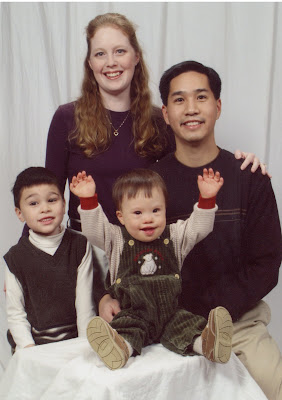Back in college, one of the more influential textbooks I read was Ray Bakke’s now-classic urban ministry book The Urban Christian. It helped me and my predominantly rural classmates get a vision for God’s care for and call to the city. (I intentionally titled my book The Suburban Christian as an homage and tribute to Bakke’s book, and I see them as companions in metropolitan continuity.)
One insight from Bakke’s book that has always stuck with me is the notion that every city has a distinct personality and identity, usually shaped by that city’s particular history and geography. Bakke observed that some cities are industrial cities, like Chicago or Detroit. Other cities are financial or commercial cities, like New York. He also identified some cities as cultural cities, like Paris or Los Angeles. And others are administrative or bureaucratic cities, like Washington, D.C.
Of course, he’s making some fairly broad generalizations, and every city overlaps many of these categories, but some trait or another often does emerge as predominant. This is why some cities have reputations as working-class cities, cosmopolitan cities, intellectual cities or whatnot. The personality of a Berkeley or Cambridge is certainly distinct from a Tucson or Seattle. In a city like Chicago that has a history of multiple ethnic and cultural enclaves, this applies on a local neighborhood level as well; Lawndale is a different kind of Chicago neighborhood than the Gold Coast, Hyde Park or Chinatown. The better we understand our city’s history and identity and befriend our city’s unique personality, the better we will be able to minister to our city and seek the welfare of the city.
I would suggest that Bakke’s concept applies on the suburban level as well. Suburbia is often critiqued as the geography of nowhere, a place of cookie-cutter uniformity where every suburb feels much the same. But when we examine the suburban landscape more closely, we also find particularity and uniqueness from suburb to suburb even in the midst of general similarity. Some suburbs are historically residential bedroom communities, some are technological suburbs, some are more liberal, others more conservative. Some suburbs have a more established feel, with a sense of permanence and history, while others are more recent and have a more transient population. Often suburbs are shaped by the character of a prominent local industry or institution, like a company, hospital or liberal arts college.
One key to this that’s especially noticeable in the summer is how suburbs often have distinct themes for their local community festivals. Whether a community celebrates Heritage Festival, Railroad Days, Strawberry Fest or whatever, the traditions and emphases of individual suburban communities are clues to a suburb’s historic personality and identity. We who are suburban Christians ought to befriend our local suburb and get to know its distinctive personality, just as we would befriend and get to know our individual neighbors.
Subscribe to:
Post Comments (Atom)


No comments:
Post a Comment